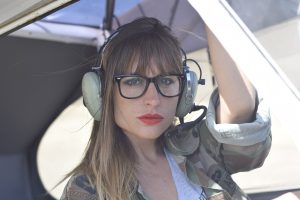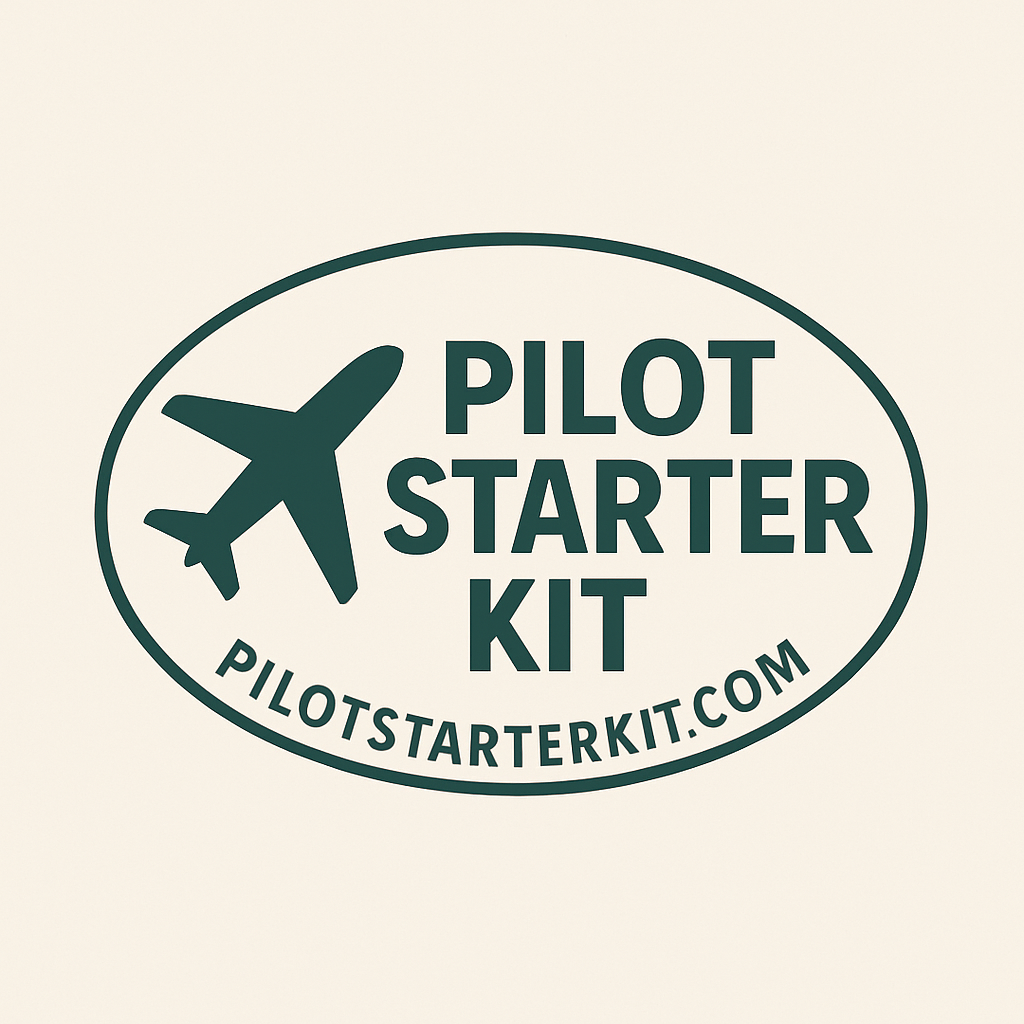
When it comes to pursuing a pilot’s license, two of the most common options for aspiring aviators are the Private Pilot Certificate and the Sport Pilot Certificate. Both allow you to fly, but each has distinct requirements, privileges, and limitations. Understanding the difference between these two licenses is essential to choosing the right path for your aviation goals.
In this guide, we’ll explore the key differences between a private pilot and a sport pilot, including their qualifications, training requirements, flight privileges, and which one might be the best fit for you.
Table of Contents
-
Key Differences Between Private Pilot and Sport Pilot
-
Flight Training Requirements
-
Medical Requirements
-
Aircraft Limitations
-
Flight Privileges
-
What is a Sport Pilot?
A Sport Pilot is a pilot who holds a certificate that allows them to fly certain types of light aircraft under specific conditions. The Sport Pilot Certificate was introduced by the Federal Aviation Administration (FAA) to provide a simpler and more accessible route to becoming a pilot.
This certificate is ideal for those who want to fly for personal enjoyment or recreational purposes, with a focus on flying smaller, lighter aircraft known as Light Sport Aircraft (LSA). The requirements for a Sport Pilot certificate are less stringent than those for a Private Pilot, making it an excellent option for beginners or those with limited time or budget for flight training.
What is a Private Pilot?
A Private Pilot holds a more advanced certificate that allows them to fly a wider range of aircraft under more flexible conditions. The Private Pilot Certificate is one of the most common licenses obtained by aspiring aviators who want to fly for personal, non-commercial use. Unlike the Sport Pilot, a Private Pilot is permitted to fly larger, more complex aircraft and is given the ability to fly at night, in different weather conditions, and across greater distances.
The Private Pilot license offers a broader range of flight privileges and is typically the starting point for those who plan to pursue further ratings or certifications in aviation, such as becoming a commercial or airline transport pilot.
Key Differences Between Private Pilot and Sport Pilot
Flight Training Requirements
-
Sport Pilot: The training for a Sport Pilot certificate is shorter and less demanding than that of a Private Pilot. You need a minimum of 20 hours of flight time, which includes at least 15 hours of flight instruction and 5 hours of solo flight. However, you will still need to learn essential flight skills, such as taking off and landing, navigation, and emergency procedures.
-
Private Pilot: The training for a Private Pilot certificate requires more comprehensive flight instruction. You must complete a minimum of 40 hours of flight time, with at least 20 hours of flight training from an instructor and 10 hours of solo flight time. The training for a Private Pilot includes more complex maneuvers and deeper knowledge of aviation theory.
Medical Requirements
-
Sport Pilot: One of the most attractive features of the Sport Pilot certificate is the medical requirement. Sport Pilots do not need an FAA medical certificate, as long as they hold a valid driver’s license. This makes the Sport Pilot certificate a more accessible option for individuals who may have medical conditions that could disqualify them for a Private Pilot certificate.
-
Private Pilot: A Private Pilot must pass an FAA medical exam. This could be either a third-class (for most private pilots) or first-class (for airline or commercial pilots) medical certificate. The exam evaluates your overall health, vision, hearing, and any medical conditions that could impact your ability to fly safely.
Aircraft Limitations
-
Sport Pilot: The aircraft a Sport Pilot can fly are limited to Light Sport Aircraft (LSA), which are smaller, lighter planes with specific design criteria. LSAs cannot exceed 1,320 pounds for landplanes or 1,430 pounds for seaplanes, and they are limited to a maximum speed of 120 knots (138 mph).
-
Private Pilot: A Private Pilot can fly a wider variety of aircraft, including larger and heavier planes that do not meet the requirements of LSAs. These aircraft can be complex, with higher weight limits, faster speeds, and more advanced avionics and controls.
Flight Privileges
-
Sport Pilot: Sport Pilots can only fly during daylight hours, in good weather conditions (visual flight rules or VFR), and within the limits of the aircraft’s performance. They are prohibited from flying at night, in controlled airspace, or in certain weather conditions such as icing or severe turbulence. Additionally, they cannot fly for compensation or hire.
-
Private Pilot: A Private Pilot has more flexibility and is allowed to fly in a wider range of conditions. They can fly at night, in more varied weather conditions, and in controlled airspace. They can also carry passengers or property for non-commercial purposes. However, they still cannot fly for compensation or hire.
Which License Is Right for You?
Choosing between a Sport Pilot Certificate and a Private Pilot Certificate depends on your goals, budget, and how much time you can dedicate to flight training. Here’s a breakdown of which license might be right for you:
-
Choose a Sport Pilot Certificate if:
-
You want to fly for recreational purposes.
-
You’re on a budget or have limited time for training.
-
You don’t need to fly in complex airspace or bad weather.
-
You prefer not to deal with medical requirements.
-
-
Choose a Private Pilot Certificate if:
-
You want more flexibility and freedom in your flying.
-
You plan to fly more complex aircraft or across longer distances.
-
You want to pursue a career in aviation or obtain additional ratings in the future.
-
You are willing to commit to more extensive training.
-
Conclusion
The Sport Pilot and Private Pilot certificates offer different levels of training, privileges, and opportunities. The Sport Pilot is ideal for those looking to fly light aircraft for recreational purposes, while the Private Pilot certificate opens up a wider range of flying opportunities, including the ability to fly at night and in more challenging conditions.
Ultimately, the choice between the two depends on your aviation goals, budget, and time commitment. If you’re just starting out or want to fly for fun, the Sport Pilot certificate is a great way to get your feet wet. If you’re aiming for a more comprehensive flying career or simply want more flexibility in your flying, then the Private Pilot certificate is the better option.
✈️ Ready to start your pilot journey? Learn more about the flight training options and certifications available at PilotStarterKit.com.
